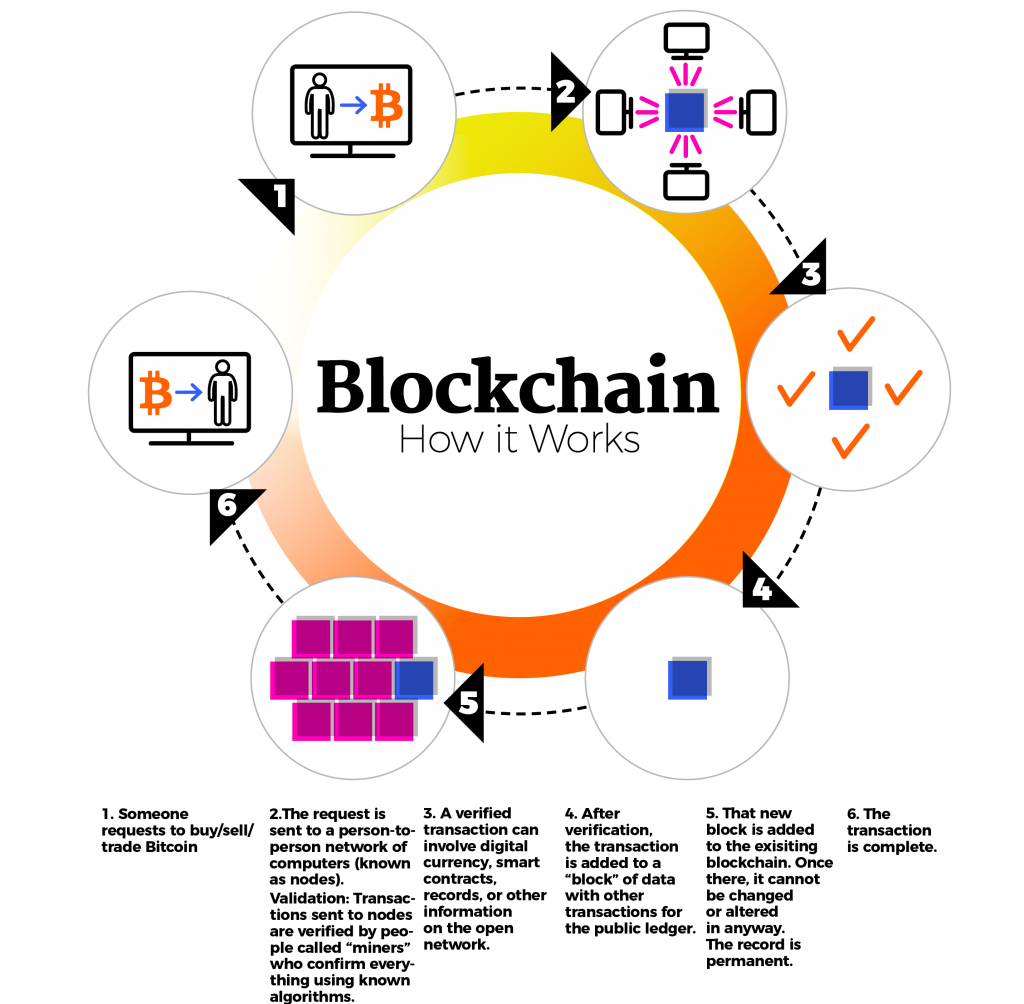America’s Economic Evolution: United States History Unveiled
Tracing the Roots: Early Economic Development
The economic history of the United States is a fascinating journey that begins long before the nation’s founding. From the early days of European colonization to the establishment of the thirteen colonies, economic activities such as agriculture, trade, and commerce played pivotal roles in shaping the fledgling nation’s identity and trajectory.
Foundations of Growth: Industrial Revolution and Beyond
The 19th century marked a period of profound transformation for the American economy, characterized by the advent of the Industrial Revolution. Innovations in manufacturing, transportation, and communication revolutionized production processes, spurring unprecedented economic growth and urbanization. The rise of industries such as textiles, steel, and railroads laid the groundwork for America’s emergence as an industrial powerhouse.
Economic Expansion: Westward Expansion and Manifest Destiny
As the nation expanded westward, economic opportunities abounded, driving waves of migration and settlement. The acquisition of vast territories, such as the Louisiana Purchase and the Mexican Cession, fueled economic growth and territorial expansion. The lure of land, natural resources, and new markets fueled the dreams of pioneers and entrepreneurs, shaping the economic landscape of the expanding nation.
Rise of Capitalism: Gilded Age and Robber Barons
The late 19th and early 20th centuries witnessed the consolidation of wealth and power in the hands of industrialists and financiers, giving rise to the era of the Gilded Age. While unprecedented economic growth and technological innovation transformed American society, it also gave rise to social inequality and corporate dominance. The rise of “robber barons” such as Andrew Carnegie, John D. Rockefeller, and J.P. Morgan epitomized the excesses of laissez-faire capitalism and sparked calls for reform.
Navigating Turbulence: The Great Depression and New Deal
The stock market crash of 1929 plunged the United States into the depths of the Great Depression, triggering widespread unemployment, poverty, and economic hardship. In response, President Franklin D. Roosevelt’s New Deal ushered in a new era of government intervention and economic regulation aimed at stabilizing the economy and providing relief to those in need. Programs such as the Works Progress Administration (WPA), Social Security, and the Securities and Exchange Commission (SEC) sought to address the root causes of the crisis and restore confidence in the economy.
Post-War Prosperity: The Golden Age of Capitalism
The aftermath of World War II ushered in a period of unprecedented economic prosperity and growth known as the Golden Age of Capitalism. The United States emerged as the world’s preeminent economic and military power, fueled by technological innovation, consumer demand, and government investment. The expansion of the middle class, suburbanization, and the proliferation of mass production and consumption transformed American society and culture.
Challenges and Transformations: The Late 20th Century
The latter half of the 20th century brought a series of economic challenges and transformations, including stagflation, deindustrialization, globalization, and technological revolution. The oil crises of the 1970s, the rise of outsourcing and automation, and the collapse of the Soviet Union reshaped the global economic landscape and challenged traditional models of economic growth and development. The emergence of Silicon Valley, the internet, and the digital economy heralded a new era of innovation and disruption, ushering in the Information Age.
Toward the Future: Economic Trends and Challenges
As the United States enters the 21st century, it faces a host of economic trends and challenges, including income inequality, demographic shifts, climate change, and technological disruption. The rise of the gig economy, the growing influence of multinational corporations, and the increasing interconnectedness of global markets pose both opportunities and risks for the nation’s economy. Navigating these challenges will require visionary leadership, innovative policies, and a commitment to inclusive growth and sustainable development.
Preserving the Legacy: Lessons from History
In conclusion, the economic history of the United States is a testament to the nation’s resilience, adaptability, and entrepreneurial spirit. From humble beginnings as a collection of colonies to its emergence as a global superpower, America’s economic journey is a story of innovation, aspiration, and perseverance. By studying the lessons of the past and embracing the opportunities of the future, the United States can continue to build upon its legacy of economic success and prosperity for generations to come. Read more about economic history of the united states




